What is Repointing a Chimney?
When we recommend to clients that they have their chimneys repointed, many want clarity on what this entails. Understanding your chimney’s needs and how it works is essential, so today we will explain chimney repointing and why it matters.
What is Chimney Repointing
This process involves repairing the mortar joints between the bricks of the chimney. These mortar joints maintain the chimney’s strong structure. Over time, they often begin to decay due to exposure to weather and freeze/thaw cycles. The chimney repointing process is a possible solution to this problem in situations when the chimney’s bricks are still in good shape.
Here are three major benefits:
- Fortifies the structure of the chimney
- Improves the appearance of the chimney
- Protects the chimney’s mortar from future water penetration
Signs That Your Chimney Needs Repointing
If you see cracks in your chimney’s mortar, this is a sign that your chimney needs repointing. If this is the case, be sure to call a professional to schedule a chimney inspection. Promptly dealing with cracks in the mortar will help prevent further, more costly damage. Whether or not you notice issues, we recommend having your chimney swept and inspected every year. This will help keep your chimney in working order, while promptly catching any problems that may arise.
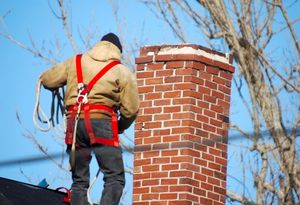
Steps to Repointing a Chimney
We recommend hiring a team of experienced professionals to diagnose the need for a chimney repointing and then to repoint your chimney. When our team repoints chimneys, we start by carefully removing old mortar, making sure not to damage the structure of the chimney in the process. Then, we apply fresh, new and long-lasting mortar to ensure the longevity of the chimney and to make it stronger than ever.
When Chimney Rebuilding is Necessary
Chimney repointing is not always a feasible solution. As previously mentioned, it is only possible when the chimney’s bricks are in good condition. Chimney rebuilding is called for when there is structural damage to both the brick and mortar due to years of neglect. Check out our blog about the difference between repointing and rebuilding for more information!
The post What is Repointing a Chimney? appeared first on Boston’s Best Chimney.
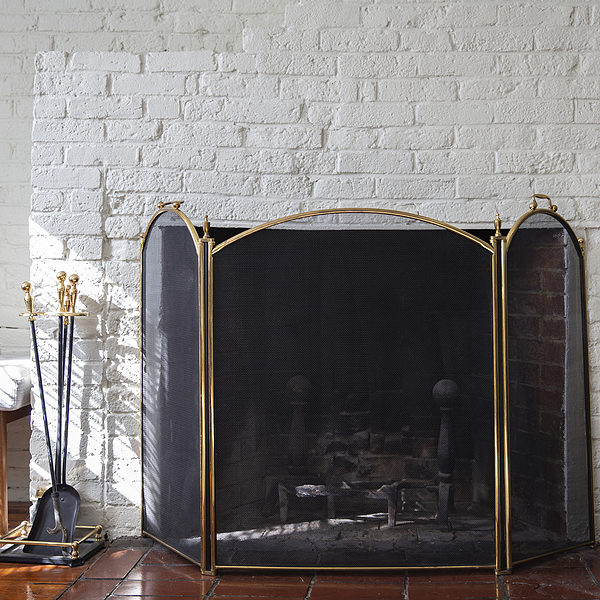 What is a fireplace screen?
What is a fireplace screen?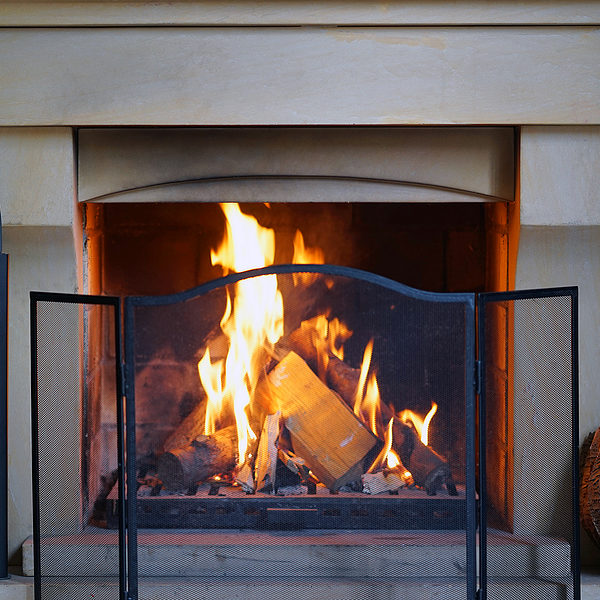 4. Enhance the appearance of your hearth area
4. Enhance the appearance of your hearth area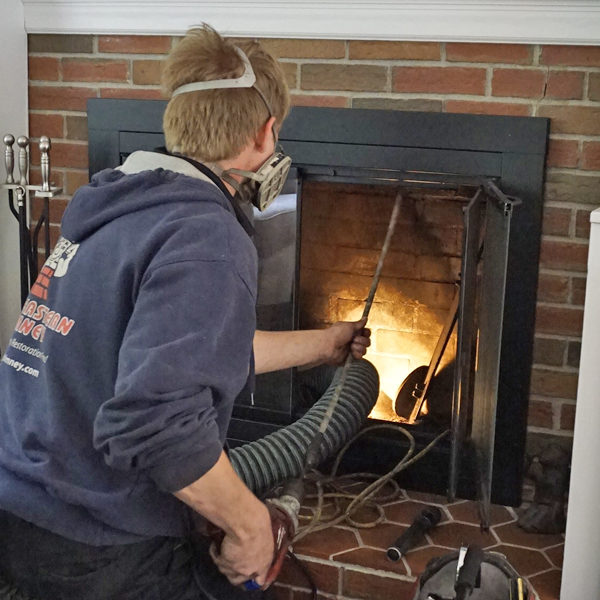 What services do they perform during a sweep?
What services do they perform during a sweep?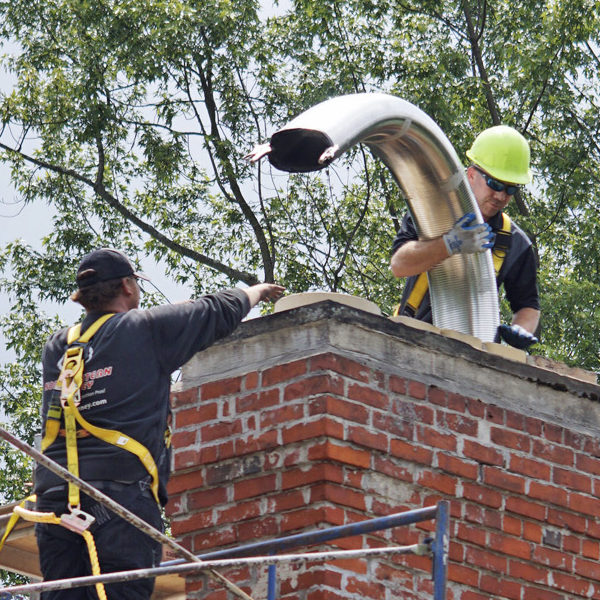 Do they offer repair services?
Do they offer repair services?
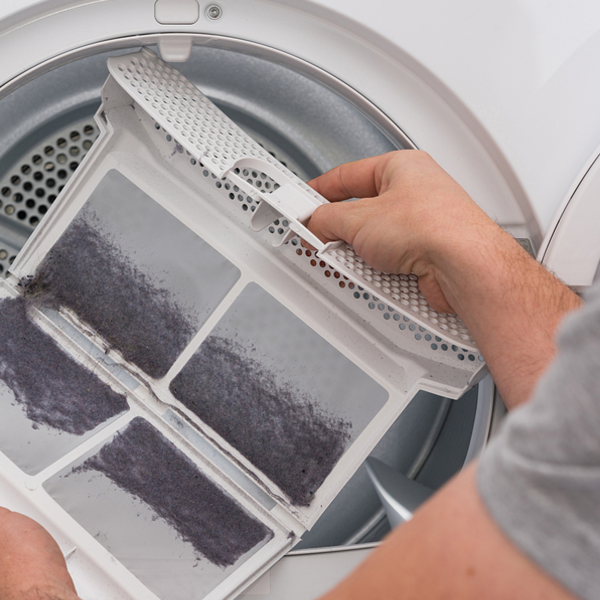 Why is lint buildup dangerous?
Why is lint buildup dangerous?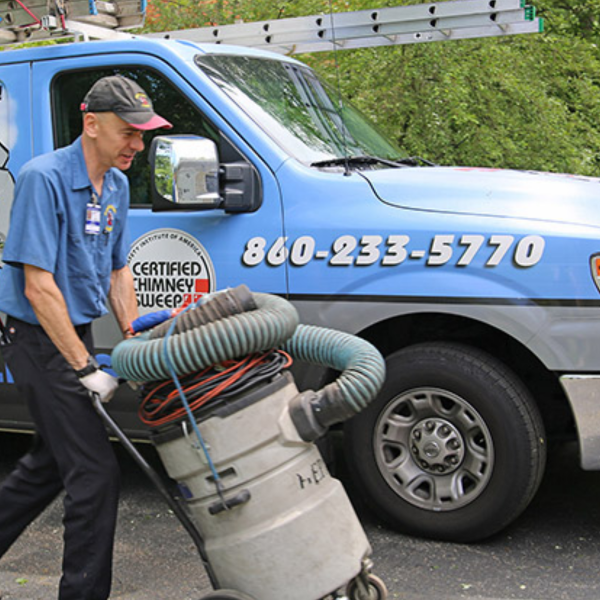 What should I do if lint has built up in my dryer?
What should I do if lint has built up in my dryer?